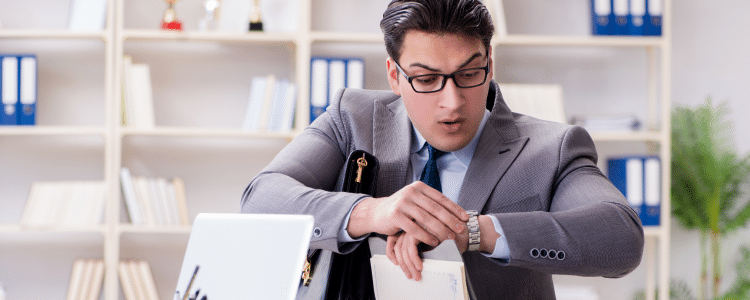In November 2022, Open AI released a new chatbot called ChatGPT using its innovative GPT-3 technology. In the two months since then, the bot has gone on to revolutionize the world of AI language processing.
What is ChatGPT and what is a language-processing AI model? Today, we’re sharing everything you need to know and what it could mean for your business.
What is a Language Processing Model?
To understand why this new AI technology is making waves, it’s important to know how language-processing AI models work.
While the term might sound complicated, it simply refers to a software program that can understand human language as it’s spoken and written. Once it understands the language, the program can then gauge exactly what to generate as text.
The keyword is “generate.” In fact, many people refer to language-processing AI as generative AI.
ChatGPT and AI: Understanding the Basics
Before we dive into how this AI technology is changing the business landscape, let’s take a step back. What do all these terms and acronyms mean?
We’ll start with GPT-3. This stands for Generative Pretrained Transformer 3. This is the state-of-the-art language processing AI model that OpenAI developed. It can create human-like text, which can be used in a wide range of applications, such as:
• Language translation
• Language modeling
• Generating text for chatbots and similar tools
With 175 billion parameters, GPT-3 is one of the largest and most robust generative AI models to date. While it has an enormous creation capacity, right now its most prolific and common use is creating ChatGPT.
ChatGPT is a chatbot, but it’s not like any you’ve seen before. This chatbot creates and delivers text in an incredibly human-like format in response to users’ prompts. These prompts can be in a variety of formats, including questions, formulas, code, and more.
2024 Clash of the Titans
SAP, Oracle, Microsoft, and Infor each have a variety of systems that can support data-driven decision making. We surveyed customers of these four vendors to find out what their selection and implementation process was like.
What Can ChatGPT Do?
ChatGPT can construct poems, write product descriptions, compose blog articles, and even break down complex topics into simple, readable terms.
Unlike Open AI’s other chatbot, Dall-E 2, you can’t use ChatGPT to create video, images, or sound, as of the publish date of this article. Right now, its parameters are text-based, only.
Another limitation is its knowledge of recent events. If something occurred after 2021, ChatGPT hasn’t built up its internal knowledge base enough to talk authoritatively about it.
Other times, its limits are self-induced. Developers programmed ChatGPT to stop users from asking inappropriate questions or requesting information on topics that could be dangerous.
What Does the Future Hold?
Currently, Microsoft is looking at integrating its abilities into its search engine, Bing. Though the jury is out on whether the $1 billion investment will be enough for Bing to overtake its biggest competitor, Google, this move marks one of the biggest and most daring in the company’s history.
It may also be one of the riskiest. Currently, ChatGPT isn’t fully devoid of bias, which can occur in many instances. This could pose challenges for the Bing integration.
For business owners, the development of ChatGPT is just one more step forward in the field of AI technology. For years, we’ve wondered where artificial intelligence will take us, and what kinds of business use cases it could support. We’re now seeing the tip of that iceberg, and the future looks promising.
Using AI in Your Business
The popularity of ChatGPT and AI in general reveals the direction that modern business is taking. Gone are the days when manual inputs were the only way to manage customers or manufacture products.
Could generative AI be a smart investment for your company? If so, which areas could it benefit the most? To learn more about this promising technology and its many applications, contact our ERP consultants below.













